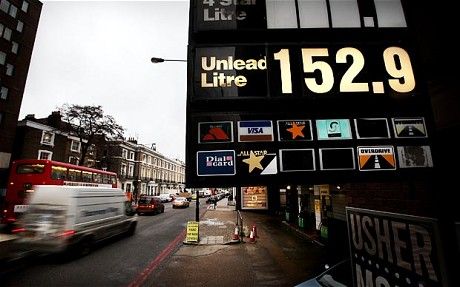
Scientists from the University of Murcia studied the effects of contamination at petrol stations that is potentially harmful to health
Experts say it shows that a "minimum" distance of 50 yards should be maintained between petrol stations and housing.
A 100 yards minimum distance should apply to "especially vulnerable" facilities such as hospitals, health centers, schools and old people's homes.
Marta Doval, co-author of the study and a researcher at the Spanish university, said:
"Some airborne organic compounds such as benzene, which increases the risk of cancer have been recorded at petrol stations at levels above the average levels for urban areas where traffic is the primary source of emission."The study, which has been published in the Journal of Environmental Management, shows that the air at petrol stations and in their immediate surroundings is above all affected by emissions stemming from evaporated vehicle fuels which are unburnt fuels from fuel loading and unloading operations, refuelling and liquid spillages.
The research team measured the levels of "typical traffic" pollutants in different parts of the urban area of Murcia, and calculated the quotients for the levels of an aromatic compound (benzene) and a hydrocarbon (n-hexane) at three Murcia petrol stations - near the petrol pumps and surrounding areas - to find the distance at which the service stations stop having an impact.
In the three cases studied a maximum distances of influence of close to 100 meters was found although the average distance of contamination was around 50 meters.
But the distances depend on the number of petrol pumps, the amount of fuel drawn from them, traffic intensity, the structure of the surroundings, and weather conditions.



Comment: For more information about how toxic chemicals like petrol can be harmful to human health read The Day the Water Died: Detoxing after the Gulf Oil Spill.
From the article: